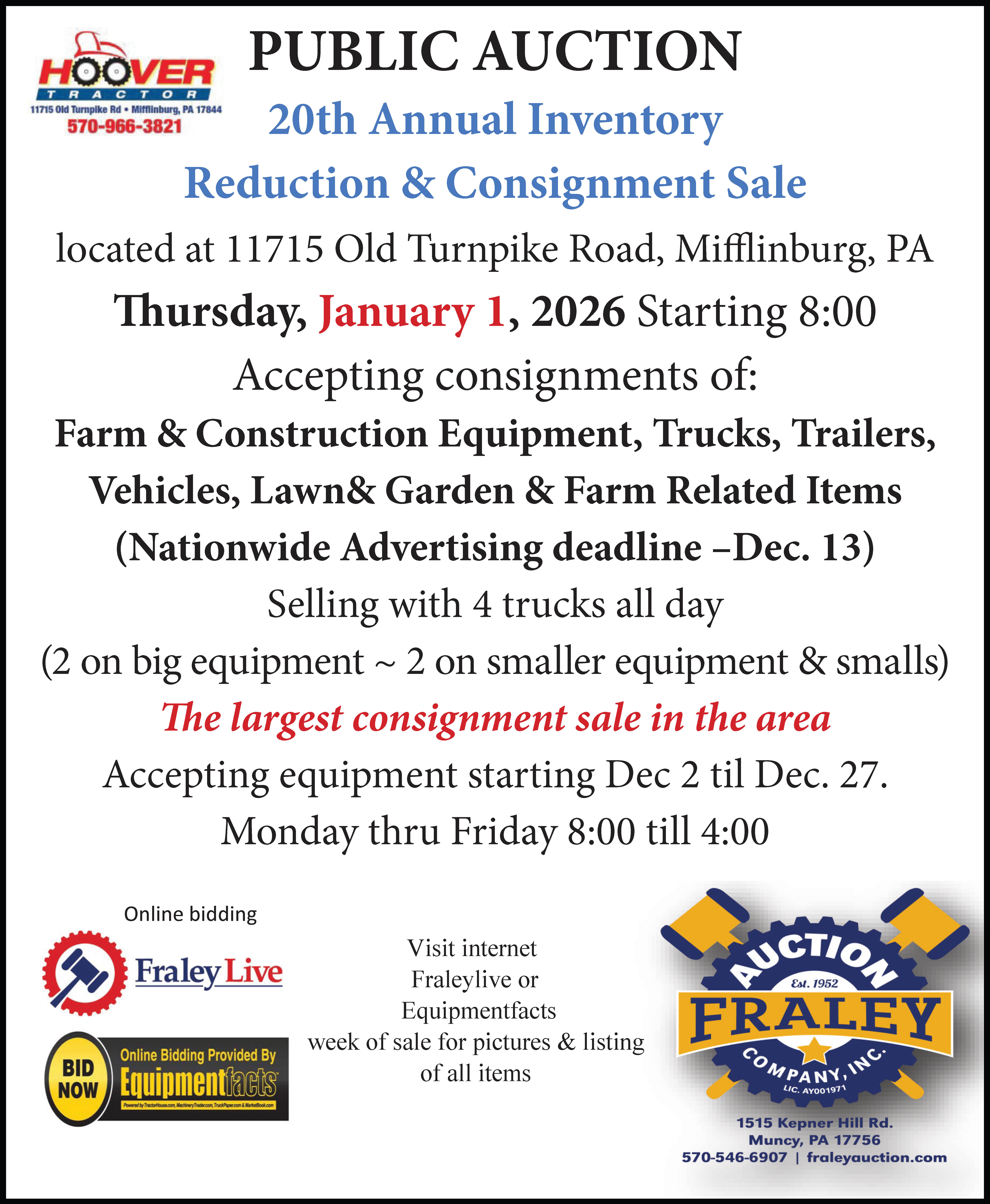It’s that time of year, y’all — the dark and dreary days of winter. And as if January isn’t generally depressing enough on its own, we are still struggling with the COVID pandemic. It’s a formidable combination.
Oddly enough, this is generally the time of year that I write an article telling you that winter sucks, but here’s a bunch of stuff that’s happening around town to beat the winter blues. Obviously, we won’t be doing that this year, so we have to take a different approach.
One of the best ways to lessen the effects of COVID if you happen to contract it is to be as healthy as possible. Eat a balanced diet, take your vitamins (particularly C, D3, and Zinc), and get plenty of exercise to keep your body — but especially your lungs — healthy. Taking steps to boost your immune system can also go a long way in the prevention of getting COVID.
The irony of me telling you to keep up with your cardio is fairly astounding, and certainly not lost on me, but it’s true. The healthier and stronger your lungs are, the better off you are in the fight against COVID.
I could tell you to go for a run or hit the stationary bike or elliptical, but let’s get real. Those things are awful.
So instead, I’m going to recommend that you go outside and have some fun! Our area is filled with exciting things to do outside during the winter! Hiking, ice-fishing, skiing, and more. So, let’s get into it, shall we?
We recently got slammed with more snow than I have seen in years, and it made me remember all the time I spent sledding as a kid. I remember my Uncle Greg taking my cousins and me to the ‘Sugar Bowl’ near Wildwood Cemetery. If you want a good workout and some fun outside time, I highly recommend going sledding. Get out, climb some hills, and remember how much fun you had as a kid! The Sugar Bowl is still in use as far as I know, and I saw quite a few kids using the hill behind Gardenview Church in Old Lycoming, but really, anywhere you can find a reasonable hill will work!
Racing down a hill on a sled or snow tube is a winter activity that can be enjoyed by people of all ages.
Many state parks block off an area during the winter for sledding, and some have warming huts or fire pits.
Please abide by the guidelines set by the individual parks for the safety and enjoyment of everyone involved.
According to the Department of Conservation and Natural Resources (DCNR), there is also plenty of ice skating to be found in our state parks.
After the temperature hits rock bottom and Jack Frost is really nipping at your nose, get dressed in warm layers and head out to ice skate.
The DCNR says, “Natural ice is not usually as smooth as ice in a rink, but the view in a park can be spectacular.
“Always be careful when venturing onto the ice!
“If you plan to go where the ice is not monitored for safety, make sure ice is at least 4” thick for a single skater and 7” thick for a small group. Always carry safety equipment.”
They also offer the following ice safety tips:
• Test ice thickness with an auger before skating. Four inches of solid ice is the minimum recommended thickness for a single skater. Seven inches of solid ice is the minimum recommended thickness for small groups of skaters.
• Spread out. Crowds can put too much weight onto one area.
• Be aware of changes in ice thickness across a body of water. Perimeter ice is weaker due to shifting, expansion, and sunlight reflecting off of the bottom.
• Avoid areas with protruding logs, brush, plants, and docks. These structures absorb heat, weakening the surrounding ice.
• Avoid areas with multiple or intersecting cracks and standing water over ice.
• Use extra caution on rivers and streams where ice can appear thicker than it really is. Moving water erodes ice from below the surface.
• Venturing out on ice alone is not advisable. Take a friend along for fun and for safety.
• Wear a PFD (life jacket).
• Always carry safety equipment and know-how to use it.
• Check the weather and plan accordingly. Several days with temperatures above freezing will weaken the ice.
If skiing and snowboarding are more your style, there are many opportunities to have some downhill fun in our area. Ski Sawmill is the closest, but there are a bunch of ski resorts and slopes across the northeastern region of the state.
If the excitement of downhill skiing is a bit too much for your liking, consider trying cross-country skiing.
Cross-country skiing is a great way to experience the outdoors in winter. Pennsylvania’s state parks and forests offer some of the best places to ski.
Remarkably tranquil and scenic during the winter months, these year-round facilities provide seemingly endless miles of snow-covered trails.
Many trail networks are specifically designated and maintained for cross-country skiing.
Cross-country skiing is a great way to enjoy a state park in winter, especially when there is lots of snow on the ground. According to the DCNR, cross-country skiing trails are located on:
• Hiking trails
• Equestrian trails
• Service roads
• Fields
• Frozen lakes
• Old railroad grades
• Lake shorelines
They also note that “some trails have track set. Visitors are asked not to hike or snowshoe over the set track.”
Parks in the northern tier typically receive plenty of snowfall each year for winter activities, particularly in the northern-most counties and the northeast and northwest corners of the state.
Along the cross-country skiing lines, I imagine that the same rules, regulations, and trails would apply for snowshoeing. But I have also seen people snowshoeing in Brandon Park, so that seems to be an activity that you can enjoy just about anywhere there is snow without traveling too far!
One thing I’ve always wanted to try but haven’t had the opportunity is snowmobiling. I don’t love being out in the cold, but I always thought it looked like fun!
Since I don’t know much about how or where you snowmobile, I’m defaulting to the DCNR once again.
They say that State parks and forests offer thousands of miles and hundreds of acres of designated snowmobile areas for exploration. Opportunities range from scenic trails through the woods, to straightaway runs on roadways, to large, open spaces.
As long as there is enough snow cover, snowmobile trails open the day after the last day of Pennsylvania’s regular or extended rifle deer season and close April 1 or earlier as determined by the district forester or park manager.
During the snowmobiling season, DCNR operates a snowmobile hotline updating snow and trail conditions twice a week. Call the toll-free hotline at 1-877-SNOMBLE before you head out to see if trails are open and ready for riding.
Riders must stay on roads and trails marked open for snowmobiles. Some trails used for snowmobiling may be open to vehicular traffic. Roads for joint use by snowmobiles and vehicular traffic are marked with caution signs at all road junctions.
Snowmobiling in State Forests
Snowmobile riding opportunities abound on state forest lands. If you’re looking for a one hour ride or a day-long trek, you’ll find it in the state forest system among scenery that is unsurpassed.
All snowmobile trails on state forest lands are designated with signs. Stay on the marked trail. Roads for joint use by snowmobiles and vehicular traffic are marked with caution signs at all road junctions. Between intersections, snowmobile trails are marked with orange diamonds.
Snowmobiling in State Parks
Most Pennsylvania state parks offer designated snowmobile trails for exploration. Others designate large, open spaces for snowmobiling. State parks also provide trailhead access to snowmobile trails on state forest land.
Find out where snow is in state parks with the state park’s Winter Report, updated weekly from mid-December until the spring thaw.
What you Need While Riding
• While riding your snowmobile, you must carry with you or on the vehicle:
• Certificate of registration
• Proof of liability insurance
• Registration plate affixed to the vehicle
• Expiration stickers (does not apply to limited registration)
• Valid safety certificate (ages 10-15 if riding off of parent’s or guardian’s property)
Operation of Snowmobiles by Youth
No one under ten years of age is allowed to operate a snowmobile on any public land. Youth ages 10 to 15 must complete a prescribed snowmobile safety education course and receive a snowmobile safety training certificate to ride on grounds other than their parents’ or guardians’ property.
There is also plenty of hiking to found in the area too, but please make sure you use caution. Rickett’s Glen has the following regulations in place, “To hike the trail at this time, you must be an experienced hiker with the proper equipment. Equipment should include ice crampons, ice axes, and rope. All hikers should register at the park office.” I would assume other state parks would have the same rules, so make sure you check Facebook pages and the DCNR website before heading out for a winter hike!
Finally, I am going to quickly and vaguely mention ice-fishing. There are far more qualified people writing for Webb Weekly to give you the information you need. One day I’m going to work it out with Ken Hunter to head out and learn to ice-fish! Ken has some hard-water fishing tips in his article this week!
Whatever winter activity you decide to try this year, please remember to be safe! Again, be sure to check the DCNR website http://www.dcnr.pa.gov for the most recent winter conditions, along with safety guidelines. Appropriate gear and clothing are a must whether you are going for a sled ride down the street, taking a trip to Ski Sawmill, or going for a hike amongst the icy falls. Make sure you have a mask so that if you run into others out and about, you can make sure you all stay safe from COVID too.
So far, 2021 is shaping up to be just as weird as 2020, but that doesn’t mean, with the appropriate safety precautions, you can’t get outside and have a little winter fun! There are lots of ideas for cold-weather entertainment in the ads and articles throughout the paper, so be safe and enjoy!




Leave a Comment
Your email address will not be published. Required fields are marked with *